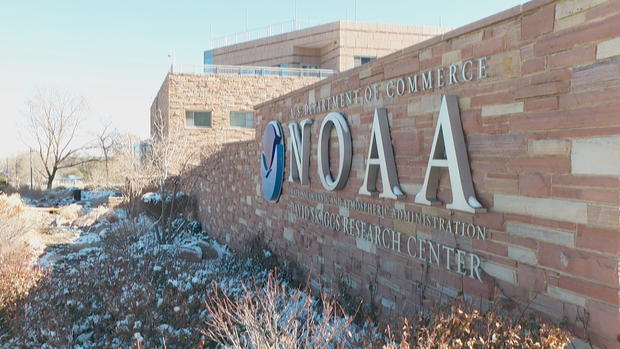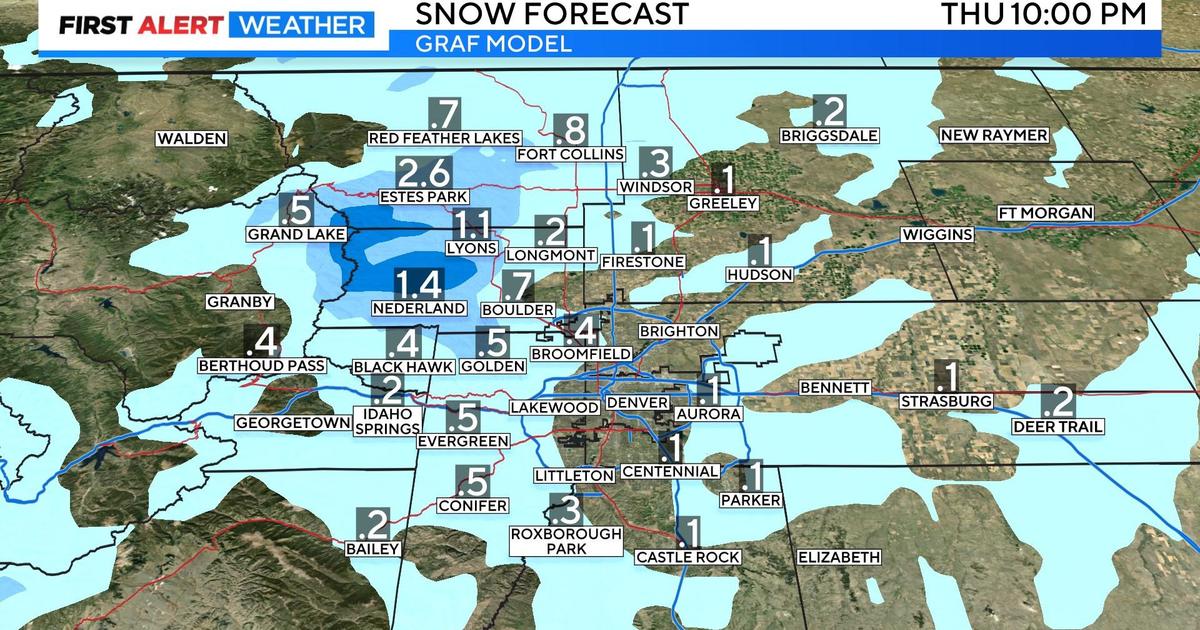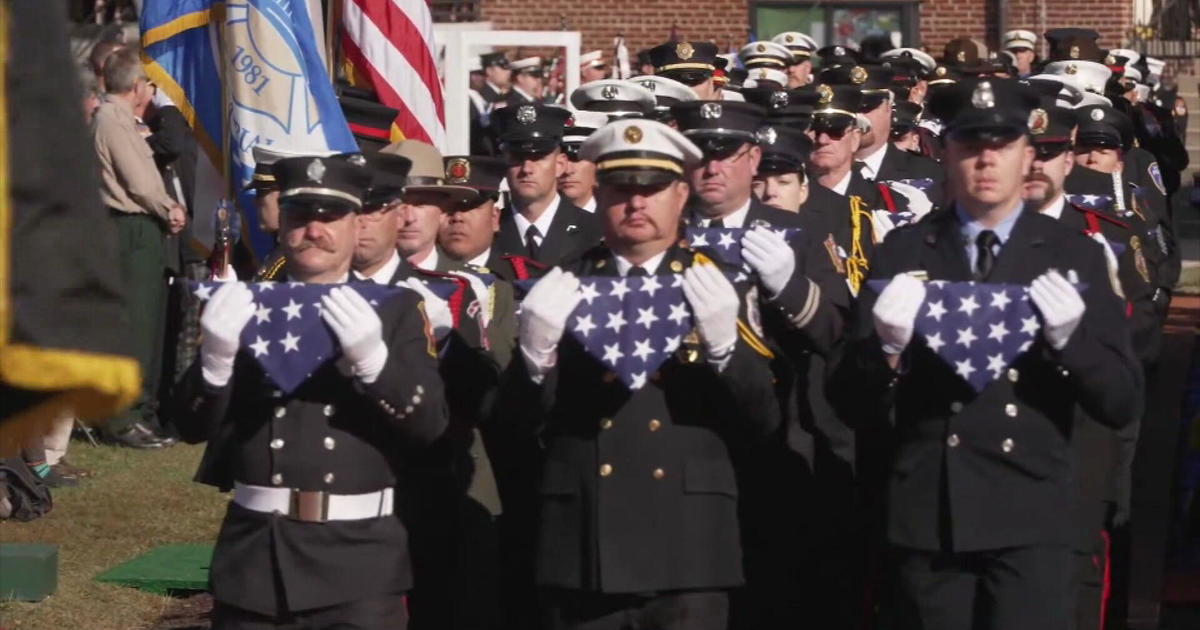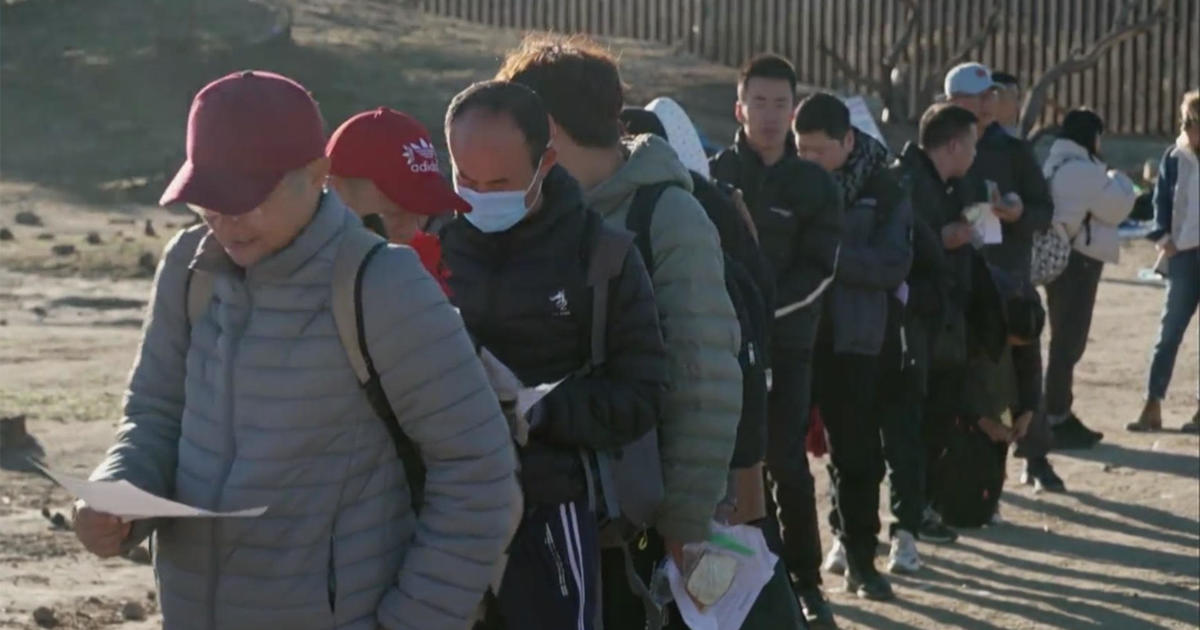Boulder Scientists Launch NOAA-Funded Weather 'Time Machine' Project
BOULDER, Colo. (CBS4) – Have you ever wondered what the weather was like in 1836? Well, a group of in Boulder has that answer and many more. Last month, a NOAA-funded research team launched a new version of a weather "time machine" it has been working on since 2011.
The state-of-the-art data assimilation system, known as the 20th Century Reanalysis project creates modern models to estimate the most likely state of the global atmosphere and weather between 1836 and 2015. Soon, scientists will be able to go back as far as 1806.
"We're able to travel back in time in a sense," said research scientist Laura Slivinski.
Gil Compo and Laura Slivinski, of the Cooperative Institute for Research in Environmental Sciences at the University of Colorado Boulder and NOAA, are two of the lead scientists on the project. Together, they've reanalyzed countless moments in weather history, including the Dust Bowl, Great Blizzard of 1888, and various hurricanes.
"So, we can put today's weather, today's extreme events, in the context of what happened in the past. Are they stronger? Are they more powerful? Are they more frequent? Are we having an influence on today's weather?" Compo said.
Much of the data used to do so is from old ship logs and weather station records. The Arctic-exploring USS Jeanette is an example the two scientists like to tout. In 1879, the ship set sail on an exploratory mission to the Arctic with the purpose of taking scientific observations while searching for the northwest passage. Due to cold, winter conditions, the ship and its 33 crew members were frozen in place for 21 months.
"Even though they were struggling to survive, they still took their weather observations diligently every four to six hours," Compo said.
While the ship eventually sank, some of the crew members were able to get to land. Eventually, the log book, full of weather data, was sent to Washington D.C. where it was put in the National Archive.
"From their observations, we can reconstruct where the jet-stream was, even in 1879-1880," Compo said.
The 20th Century Reanalysis project has since reviewed the barometric pressure readings from the records and reconstructed the atmospheric conditions of the 21-month span. With the Jeannette and other events, the scientists can only reanalyze what they have the data for. A lack of weather stations or records can lead to what they call the "fog of ignorance," which look like grey clouds on the models.
"When you can see through that fog of ignorance, that's where the Jeanette's observations are giving us knowledge, letting us know what they weather was," Compo said.
Ultimately, the goal of the project is to study extreme weather events of the past and use that knowledge for future events. Lessons learned could lead to safer infrastructure or better emergency management practices.
"If we want to build buildings and infrastructure that are resilient to extreme weather, we need to know about the extreme weather in the past, regardless of whether or not humans are having an influence," Compo said.







